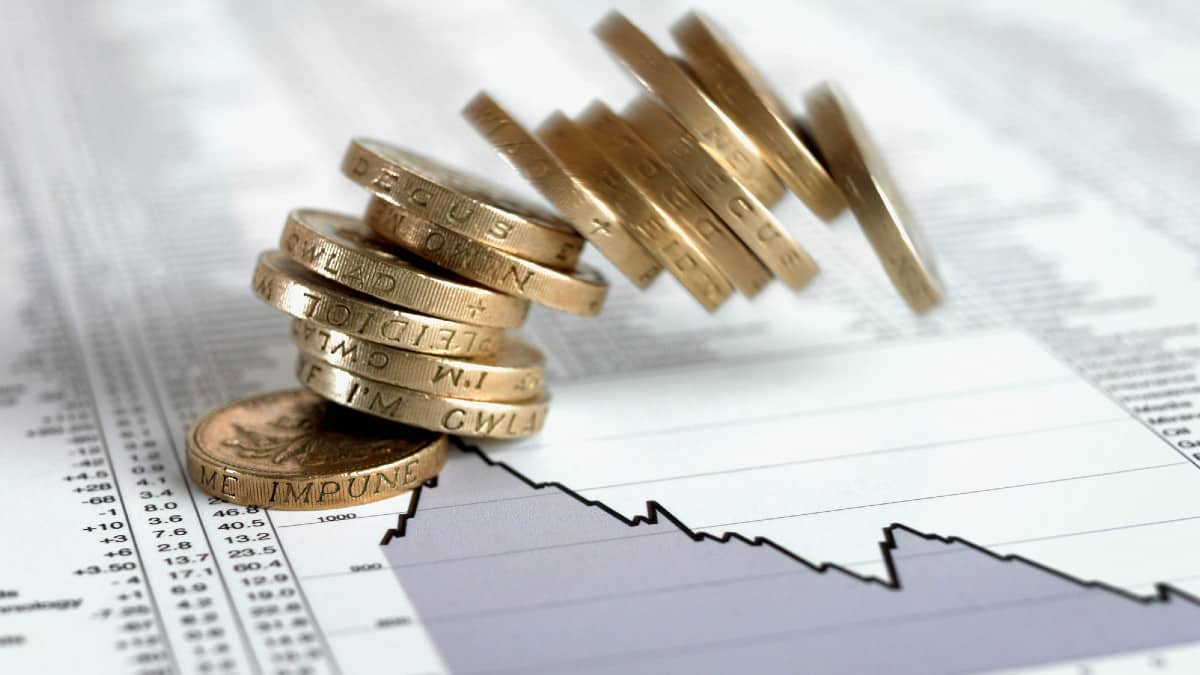Below, Chief Income Strategist Marc Lichtenfeld shares why he uses technical analysis – and why investors would be smart to consider this trading tool.
Keep scrolling to learn how to level-up your trading…
But first, let me share something extraordinary happening with Marc’s trading recommendations…
He’s uncovered a powerful market anomaly that occurs on the 23rd of each month, creating the perfect conditions for potentially massive profits.
Looking back, this could have led to one-month windfalls as high as:
- $12,150 in February
- $9,550 in March
- $4,700 in April
- And $18,400 in May
All starting with as little as $5,000 in capital.
Click here to discover the secret.
– Nicole Labra, Senior Managing Editor
When I was a kid, I was a bit sloppy. My mom was always on me to clean up my room.
In college, I was no better. Living with three other guys didn’t exactly turn me into a neat freak. Our house probably should have been condemned.
But as I’ve gotten older, I’ve come to crave order in my life – so much so that I was shocked when I heard myself pleading with my daughter to please clean up after herself to keep the house looking nice.
Nowhere is that desire for order more apparent than in my trading. Maybe it started at the beginning of my career as an assistant on a trading desk, back when I couldn’t make any sense of the numbers dancing across my screen.
I was clueless as to how traders decided when to buy and sell. I needed some way to create order out of all of those numbers and symbols.
Now when I trade, I use technical analysis.
Technical analysis – the use of stock charts to inform buy and sell decisions – is great for creating a trading plan.
As I always say, technical analysis is not a crystal ball. But it does help you increase your chances of being right and, just as importantly, minimize your losses when you’re wrong.
Everyone’s trading style is different, and there are lots of technical analysis tools that fit any individual’s preferred method.
As a long-term investor, I’m a value investor. I like to buy beaten-up stocks and watch them bounce back over time.
So it’s no surprise that, as a trader, I do the same thing – just with a much shorter time horizon.
With the goal of entering a trade at a discount, I may buy a stock that’s predominantly moving up a trend line and yet has momentarily returned to support – the price level at which a stock’s downtrend reverses.
For example, if I were interested in buying Nvidia (Nasdaq: NVDA), I would wait until the stock returned to the blue trend line, which is acting as support.
If the stock never returns to the trend line, I will miss the trade, which I’m fine with.
But if the stock’s price returns to the support line, I will pull the trigger for two reasons.
The first reason is if the stock proceeds to drop below the support line, that signals to me that I’m wrong and enables me to quickly exit the trade with minimized losses. The second reason is if I’m right, the stock will bounce from support – likely to new highs – and I will have bought the stock much cheaper than it will be going for in the future.
There are other tools that help me fine-tune the timing of my trades. Some of my favorites are stochastic momentum indicators. I’ve been using them for more than 20 years, ever since I spent a day with the inventor of the stochastic oscillator, George Lane, who walked me through how stochastics work.
Stochastic indicators often show a range of 20 to 80. When their readings are above 80, it means the stock is overbought. When they dip under 20, the stock is oversold.
I use stochastics to wait for an oversold reading that’s turning higher, like the ones shown in the bottom panel of this chart of Microsoft (Nasdaq: MSFT).

You can see that every time the stock’s stochastics readings in the bottom panel fell below 20, the stochastic line responded by turning higher, after which the stock rose.
Now, I don’t buy every stock whose stochastics have fallen below 20 and are turning around, but I do combine attractive stochastic readings with other analysis, like support, resistance, and other indicators.
I wouldn’t be a successful trader – or even have a career in the markets – if I hadn’t come across technical analysis nearly 25 years ago. It has helped me better understand the movement of markets and stocks, and, most importantly, it has helped me develop a plan for each trade so that I’m not just flying blind, crossing my fingers, and hoping for a good outcome.
I strongly encourage you to explore technical analysis to see how it can help your trading results.
Note: I also recommend checking out my presentation on one of the most fascinating discoveries of my career: “The 23 Enigma.”
Most investors have no idea it exists.
They go about their day, completely oblivious to the profit potential slipping through their fingers.
Are you one of them?
I hope not… but if so, don’t worry.
It’s not too late to start profiting from the 23 Enigma.
Click here to learn how you could turn this into your new favorite investing strategy.
Credit: Source link














